Rules of Chess then and now
Ancient "chess" game used pieces which are slightly similar to modern chess, also as movements. However, the rules of this type of game are yet to be clarified.
There are chess and rules in not an exception. In fact, you will find several rules that govern the game that is recreational and competitive. However, the question really is, how were they developed and where did the rules came from?
During the sixteenth century, the rules of modern chess took form in Italy. Going back centuries previously, before the modern rules even took form in Italy, chess was played really slowly, with a few games continuing for many days. There are other versions of the rules that began to shift the form of the sport during the 1300s. The most notable, though originally unpopular, change in the rules was the ability of the pawn to move two squares during the first move instead of one.
After 1475 A.D., there are new modifications in the rules that additionally led to the evolution of the game. For example, the queen was introduced and made a piece that was new that was powerful. This eventually led to the extra value attached to the previously considered minor strategy called the pawn promotion.
In Chaturanga, the war elephant has additionally evolved into the bishop, so supplying more variety. Eventually, chess went closer to everyday family and the court due to the departure of pure military symbolism to the game, that was apparently common in Persia and India.
Rise of the Modern Chess Rules
Specifically throughout the Middle Ages, a new group of rules for the game had emerged. Within this principle, both the king and the rook obtained the prerogative to castle, which will be a variation of the move, called Castling. The en passant rule was consequential, because the pawns were given the chance to move two squares during the very first move. More so, the pawns gained the ability to be promoted to some higher rank if they could attain the eighth rank.
Aside from those rules, there are other three guidelines that were introduced, which transformed through recent years. Firstly, there was the stalemate rule that forever changed the results of chess games several times. Secondly, the threefold repetition was also added. Lastly, the fifty move rule was likewise added, in a draw could be maintained if there is no apparent pawn movement and capture of any piece throughout the last fifty quantities of moves which.
Nowadays, the essential chess rules are widely accepted among both international and national chess governing bodies, like the FIDE or the World Chess Federation as well as the USCF or the United States Chess Federation.
Nonetheless, even in the event the rules of the chess game has evolved, the basic object of the game remains the same - to jeopardize the adversary's most valuable piece, the king, using a checkmate.



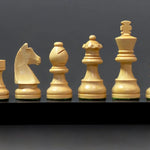
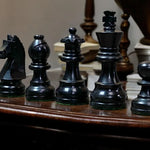
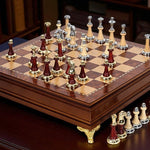
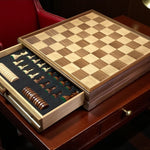
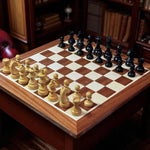
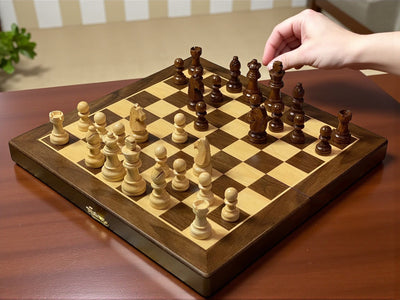
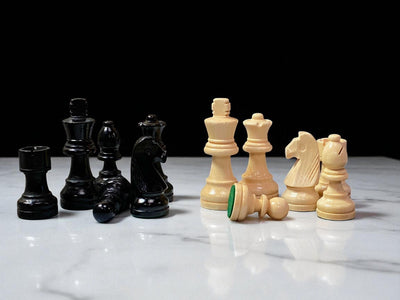
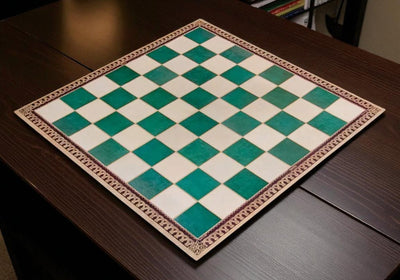
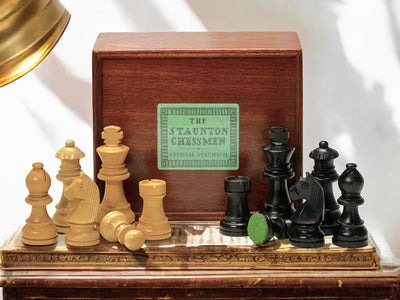
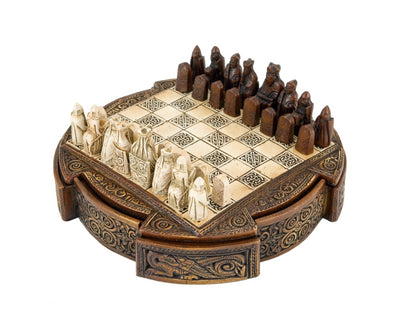

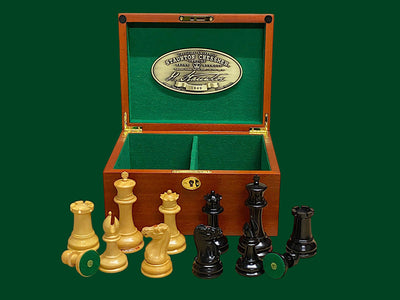
Leave a comment